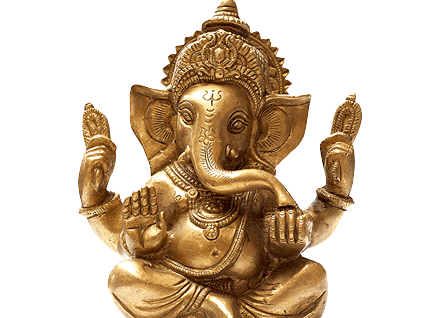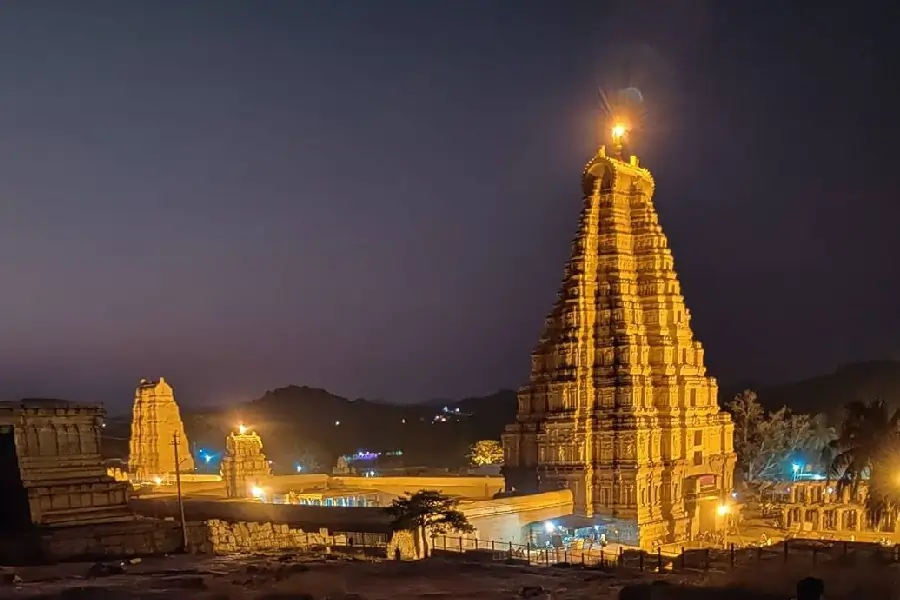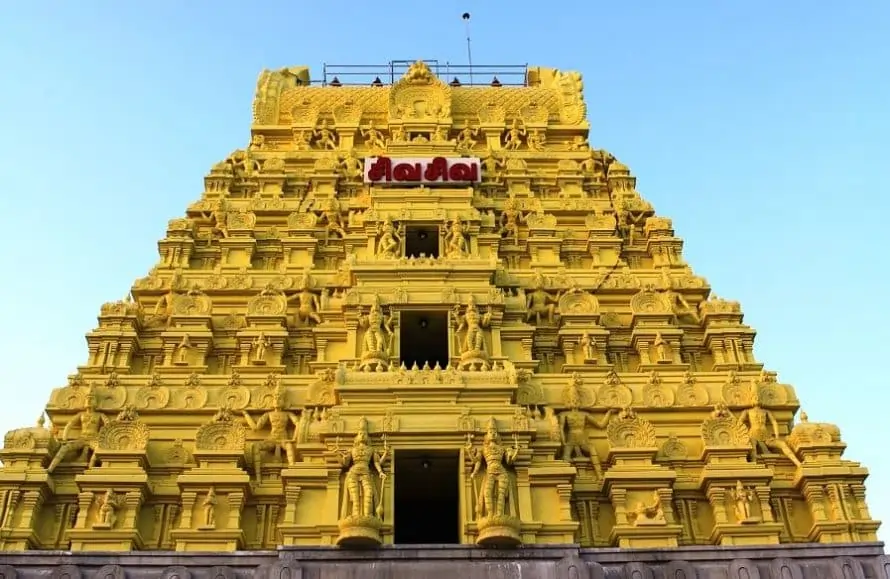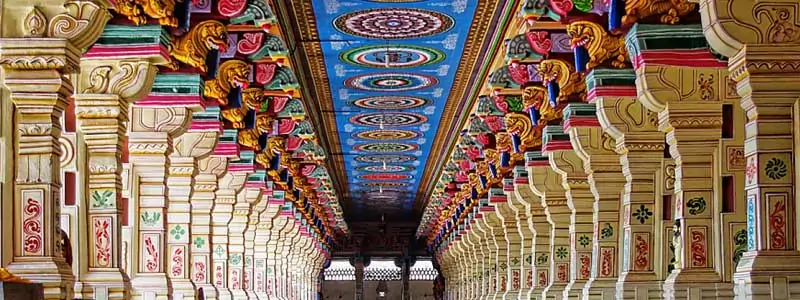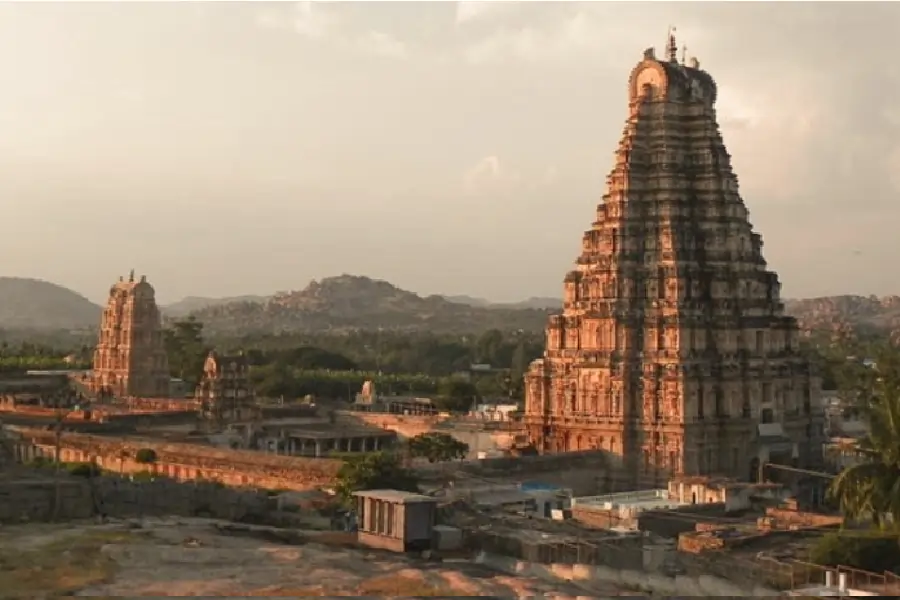
The Architectural Splendor of Jagannath Temple, Puri

The Architecture of Jagannath Temple in Puri, Odisha, is a masterpiece of architectural brilliance and cultural heritage. Built in the Kalinga style of architecture, this iconic temple showcases intricate carvings, towering structures, and unique design elements that have captivated visitors for centuries. In this article, we will delve into the captivating architecture of the Jagannath Temple, exploring its distinct features and intricate details
The Main Temple Structure:
The main structure of the Jagannath Temple, known as the “Deula,” stands tall and majestic. Constructed primarily using sandstone and laterite, it reaches a staggering height of about 214 feet. The Deula is a prime example of the Kalinga architectural style, characterized by its curvilinear towers (Sikharas) and richly ornamented facades.
The temple’s Deula is a pancharatha (five-part) structure, with each part rising successively higher, culminating in the towering spire. The Deula is divided into four distinct sections: the Bada Deula (main temple), the Jagamohana (assembly hall), the Natamandira (festival hall), and the Bhogamandapa (offering hall).
Vimana and Jagamohana:
The Vimana, or sanctum sanctorum, is the heart of the Jagannath Temple. It houses the deities Lord Jagannath, Lord Balabhadra, and Devi Subhadra. The Vimana is a pyramidal tower with multiple tiers, intricately adorned with miniature spires, known as “Urushringas.” The Urushringas add a distinctive visual appeal to the temple’s architecture.
Connected to the Vimana is the Jagamohana, also called the Mukhashala or porch. The Jagamohana serves as the congregation hall for devotees. It features beautiful carvings and elaborate arches, exuding a sense of grandeur and spirituality.
Know More:- Famous Temples in Orisha
Sculptures and Carvings:
The Jagannath Temple is renowned for its exceptional sculptures and carvings, which adorn its walls and pillars. The temple’s exterior walls depict scenes from Hindu mythology, epics such as the Ramayana and Mahabharata, and stories from the Puranas. Intricate carvings of deities, celestial beings, animals, and floral motifs create a visual feast for visitors.
The carvings narrate tales of divine incarnations, cosmic battles, and acts of devotion. The skilled craftsmen have brought these stories to life through their artistry, showcasing their deep understanding of mythology and their ability to transform stone into works of art.
Torana Gates:
The entrances to the Jagannath Temple are marked by magnificent torana gates, also known as “Mukhasalas.” These toranas serve as ceremonial gateways, welcoming devotees into the temple complex. The torana gates feature intricate carvings of gods, goddesses, celestial beings, mythical creatures, and geometric patterns.
The carvings on the toranas depict episodes from Hindu mythology and symbolize auspiciousness and spiritual significance. The torana gates not only showcase the architectural skills of the craftsmen but also provide a glimpse into the rich cultural heritage of Odisha.
Beams and Pillars:
Inside the Jagannath Temple, one can marvel at the intricately carved beams and pillars. The Rangamandapas, or decorative beams, are adorned with exquisite floral motifs, mythical creatures like Gandharvas and Apsaras, and scenes from religious texts. These carvings display a high level of craftsmanship and attention to detail.
The pillars within the temple are equally impressive, both structurally and artistically. They provide support to the temple’s architecture while showcasing intricate carvings of gods, goddesses, and divine beings. The pillars not only serve as functional elements but also add aesthetic charm to the temple’s interiors.
Konark Influence:
The architecture of the Jagannath Temple bears influences from the famous Sun Temple of Konark, another architectural marvel in Odisha. The elaborate carvings, the use of stone, and the overall grandeur reflect the stylistic similarities between the two temples. The association with Konark further elevates the significance of the Jagannath Temple in terms of architectural excellence.
Flag Post (Dhvaja Stambha):
A prominent feature within the temple complex is the Dhvaja Stambha, the flag post. Made of wood or metal, the Dhvaja Stambha is a symbol of victory and divine presence. It is adorned with decorative carvings and often features a flag that signifies the presence of Lord Jagannath. The Dhvaja Stambha adds to the grandeur and spiritual aura of the temple.
Conclusion:
The Jagannath Temple in Puri is a testament to the architectural genius and spiritual devotion of its creators. The temple’s Kalinga style of architecture, with its towering structures, intricate carvings, and symbolic design elements, mesmerizes visitors and instills a sense of awe and reverence. The Jagannath Temple stands as a glorious embodiment of Indian temple architecture, captivating the hearts and minds of devotees and art enthusiasts alike.
To know more about the Jagannath Temple Puri, visit these links:
Jagannath Temple Puri: History, Significance, Facts – All You Want To Know
Must Read:
History of Jagannath Temple
Puri Jagannath temple timings: Opening time, Darshan time and Bhog time
Lesser Known Facts About Jagannath Temple
How to Reach Jagannath Temple Railway & Airport
Shri Jagannath Aarti : Chaturbhuja Jagannatha Kantha Sobhita Koustubha
श्री जग्गनाथ आरती – चतुर्भुज जगन्नाथ
Connecting Faith Across Continents: Top 10 Jagannath Temples Outside of India
Top 10 Jagannath Temples In India

